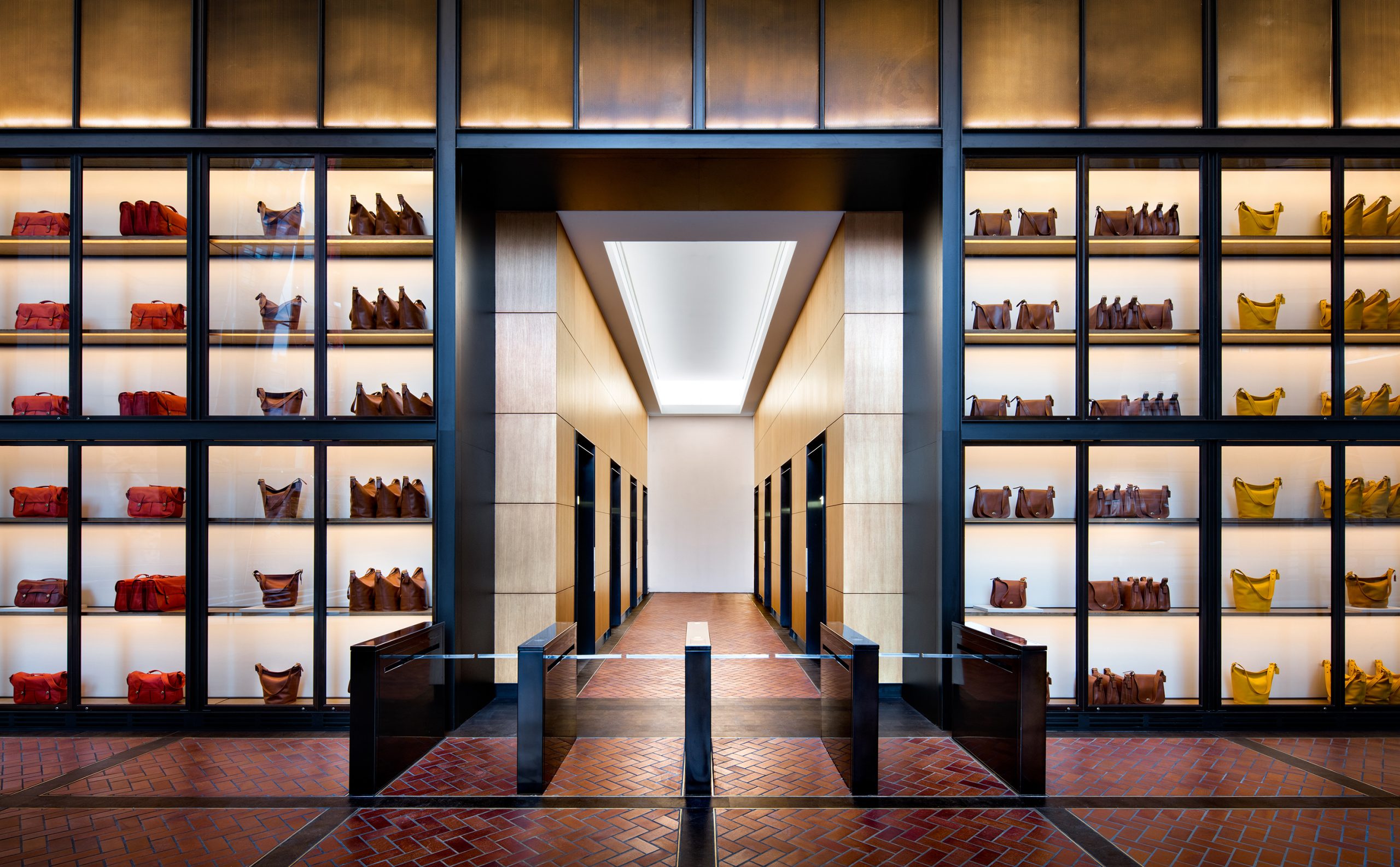JRM’s Hudson Yards Coach Project Featured in Wall Street Journal

05/31/2016
Source: Wall Street Journal
At 52 stories, the glass-and-concrete skyscraper on Manhattan’s far West Side has been detailed in dozens of glossy renderings and constructed in miniature for tabletop models. Now, the first building in the massive Hudson Yards project is finally to scale and ready for business.
On Tuesday, 10 Hudson Yards officially opens with its first commercial tenant in place. Fashion retailer Coach Inc. is consolidating its offices, including its former headquarters a few blocks away, and will move about 1,400 employees to the new tower over several weeks.
By 2025, developers Related Cos. and Oxford Properties Group expect to have spent more than $20 billion to fill 28 acres—much of it on platforms above working rail yards—with offices and shops, apartments, affordable housing, a public green space and even a school.
“It’s really the beginning of seeing the result of our vision,” said Stephen M. Ross,chairman and founder of Related. “It’s a realization moment, but it’s just the beginning.”
For Coach, now in its 75th year, the move to 10 Hudson Yards signifies an important turning point as it rebuilds the luxury image of its namesake brand and brings in the Stuart Weitzman shoe brand, which it acquired last year.
“We have been very focused on developing this view of Coach as a modern luxury brand,” said Victor Luis, the company’s chief executive. “And these offices and our move are a wonderful physical manifestation of that.”
In the past year, the pace of development on the eastern side of Hudson Yards has picked up speed. Five buildings are under construction, including an office tower and a seven-story retail building anchored by New York City’s first Neiman Marcus. In the fall, a subway station for the No. 7 train opened; also last year, Related and Oxford secured more than $7 billion in financing.
While Related and Oxford have the biggest project, they aren’t the only developers in Hudson Yards.
Brookfield Property Partners LP began building one of the office towers that will be part of its $4.5 billion Manhattan West development just east of Related and Oxford’s Hudson Yards. Tishman Speyer also has plans to build a $3 billion-plus office tower in the district.
“With…more institutional capital coming into that neighborhood, they will have competition to fill the next round of buildings that come online,” said Michael Shenot, managing director at real-estate services firm JLL.
When Related and Oxford started in earnest to pitch potential tenants at the beginning of the rebound from the 2008 financial crisis, they had to sell a neighborhood that didn’t exist and their ability to make it a reality. Coach set the tone by being the first company to sign on, Mr. Ross said.
The willingness to take a risk came with rewards for Coach, which invested $750 million to buy its space and build out the interiors. The tower bridges over a section of the High Line now called “Coach Passage,” a nod to the company’s longtime support of the park. The lobby will have a replica of Coach’s product library, displaying 2,000 handbags from past and present to walkers on the High Line.
Today, the list of companies moving to Hudson Yards includes media giant Time Warner Inc., L’Oréal USA, software-engineering company SAP SE, investment firm KKR & Co. and Wells Fargo Securities.
“Until you start to do it, you don’t understand the magnitude of what you are taking on,” Mr. Ross said. He added, “You sit back, and you plow ahead.”
Of Hudson Yards’ more than 17 million square feet—the neighborhood is roughly bounded by West 30th and West 34th streets, 10th Avenue and the West Side Highway—there are still about 9.5 million square feet to be financed and developed, Related said.
How the project will play out over time over different business cycles is unknown, but it is off to a strong start, said Christopher Jones,senior vice president of the Regional Plan Association, an urban planning and civic group.
“You have this brand-new office district that can put in new amenities and technology and pieces companies are looking for at a time when the city’s economy is doing spectacularly well,” Mr. Jones said, noting the city had added about 220,000 jobs over the past two years.
The new tower offers a taste of what is to come with its unique design and advanced technological features, Mr. Ross said.
Hudson Yards will have two cogeneration plants, one at 10 Hudson Yards and one at the retail center, producing about 60% of the neighborhood’s power and efficiently distributing it throughout its buildings, which are on a microgrid. The plants, combined with emergency generators, will be able to power the neighborhood during bad weather outages, and the system is expected to save on greenhouse-gas emissions equivalent to the amount released by 2,600 homes each year, Related said.
“What it will demonstrate is the quality of what we are doing and how state-of-the-art this building is,” Mr. Ross said.


)